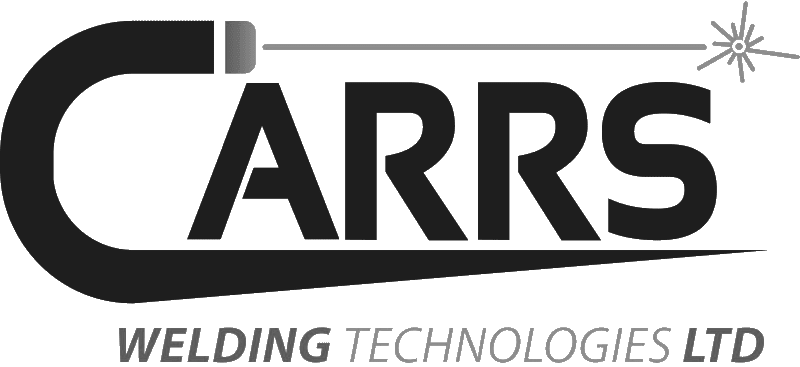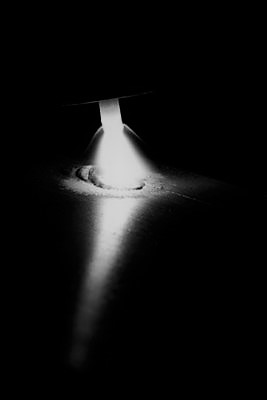Tungsten Inert Gas (TIG) welding, also known as Gas Tungsten Arc Welding (GTAW) is a process that uses a non-consumable tungsten electrode and electricity to create enough heat to melt the materials to be welded.
In terms of shielding gas, as the name implies this technology rests on the use of inert gases (e.g. Argon or Helium) for the protection of the weld from oxidation or other sources of contamination (e.g. humidity and dust).
Regarding weld depths, on an un-prepped weld joint, the weld depths are quite small when compared to technologies like Laser or Electron Beam Welding. TIG technology allows for the usage of filler material for build-up or reinforcement of weld joints which means that if a weld joint is prepped (e.g. “V” weld joint) the TIG technology will be ideal to fill the weld joint and therefore achieve the target weld depth requirements.
TIG can be used for applications that require high-quality standards as it allows for a better control than most welding technology, but this process is extremely dependent on the skill and experience of the welder.
KEY ASPECTS
- Manual process control.
- Ability to use filler material for material build-up or joint reinforcement.
- Wider welds allow for the minimization of stress concentration points.
- Overall quality dependent on welder’s skill and experience.
- Ability to weld high reflective materials.
- Ability to weld Rotational and Linear applications.
- Chosen technology for repairs on alloy wheels or bicycles.


